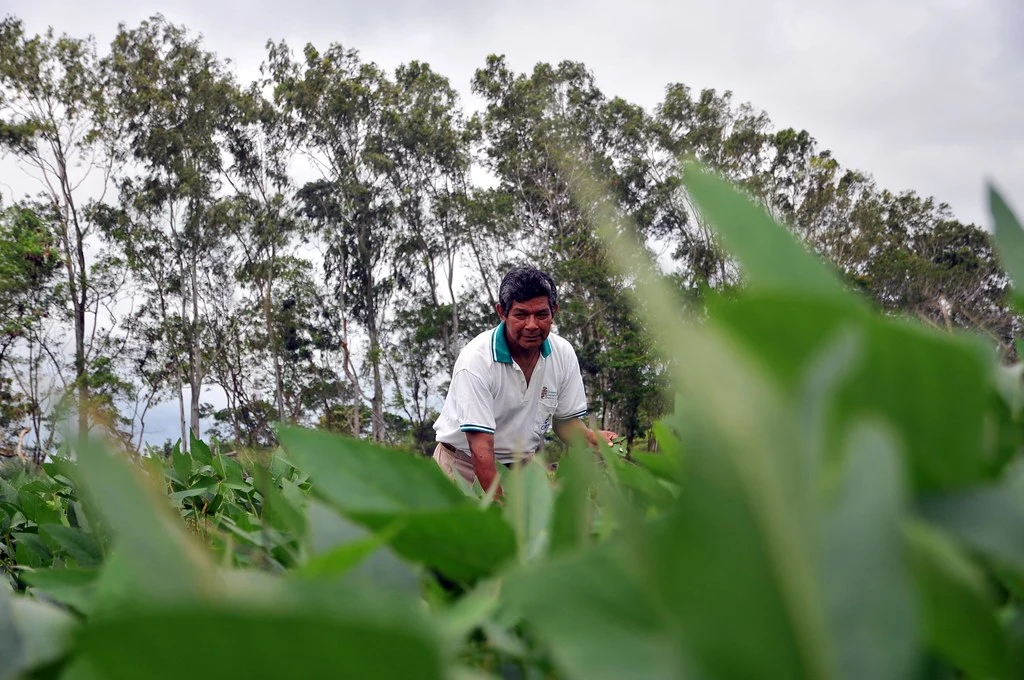In Bolivia, a severe drought, the harshest in thirty years, has drastically reduced the country’s soybean yields.
This season’s production plummeted by 800,000 tons from the previous year’s figures, as reported by the Association of Oilseed and Wheat Producers (Anapo).
The drought has hit hardest in Bolivia’s soy heartlands, especially within Santa Cruz’s fertile regions such as Pailón, Cuatro Cañadas, San Julián, and San José de Chiquitos.
These areas are pivotal, contributing over 55% to the nation’s soybean cultivation.
During a press briefing in Santa Cruz, Fernando Romero, Anapo’s president, detailed the economic devastation wrought by this climatic calamity.
He estimated the financial fallout within the soy value chain to be around $300 million. But the implications of this drought extend far beyond the immediate economic impact.

Romero flagged the drought’s potential to derail the sustainability of regional agriculture, casting a shadow over the future of food security in Bolivia.
The ripple effects threaten the production chains of other strategic crops, including wheat, corn, sorghum, and sunflower, underscoring the drought’s extensive reach.
In the face of this crisis, Anapo has put forward a set of measures aimed at cushioning the agricultural sector from the brunt of the drought.
Anapo is taking a stand, pushing for the overhaul of existing bank loan structures to support farmers hit by the drought.
They are also calling for the creation of a revival fund, aimed at easing the financial stress caused by these harsh conditions.
Additionally, there’s a push to get genetically modified crops, like the HB4 soybean, approved.
These crops are known for their drought resistance, offering a beacon of hope for future harvests.

